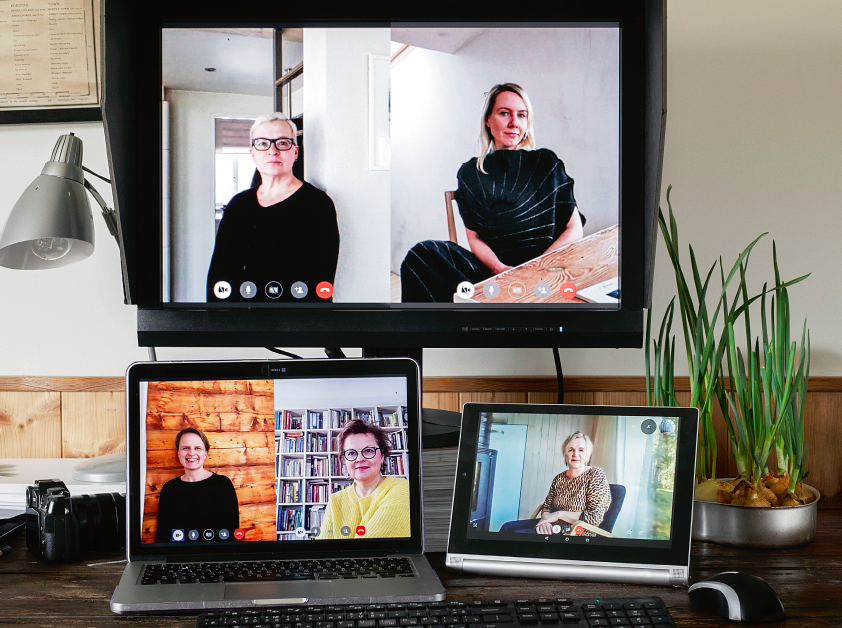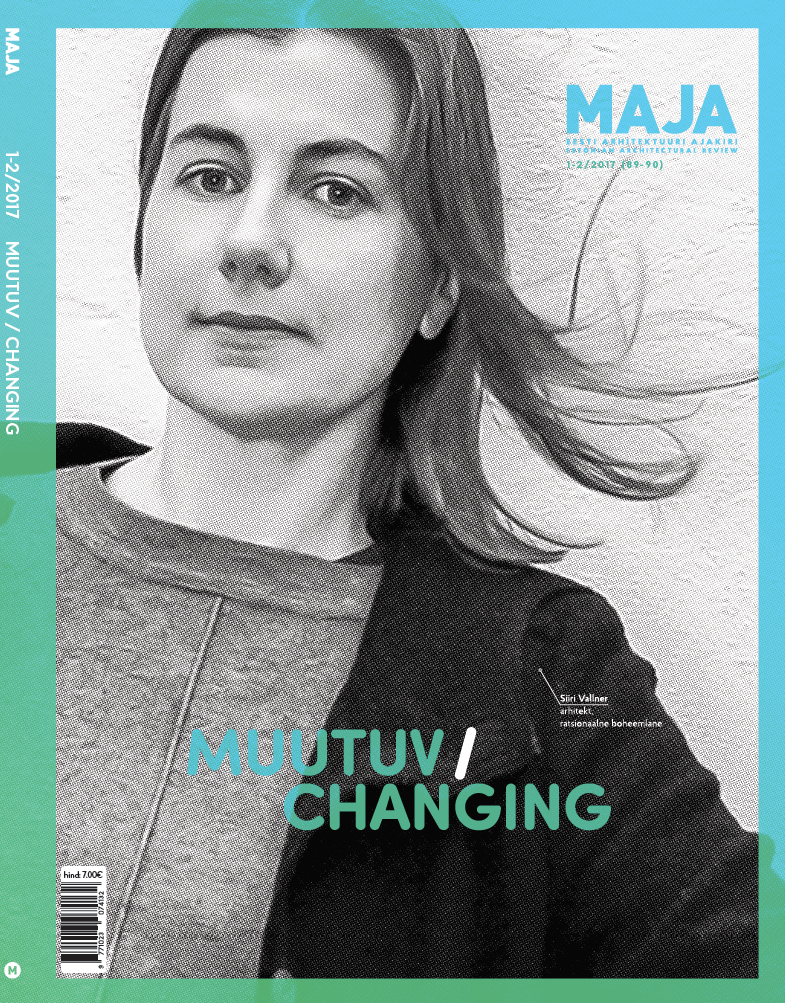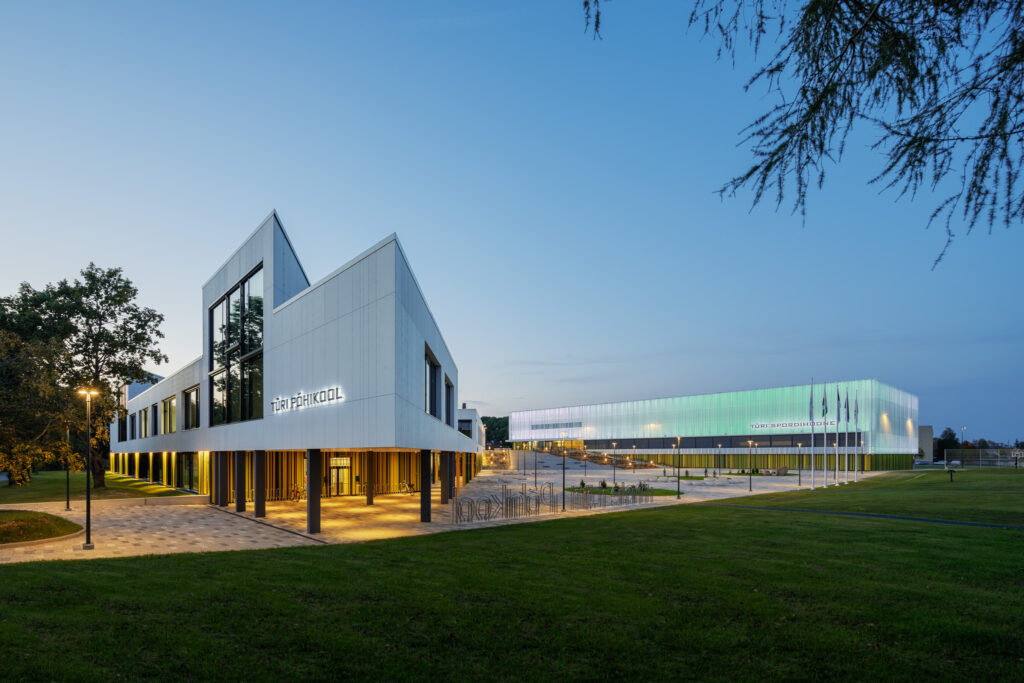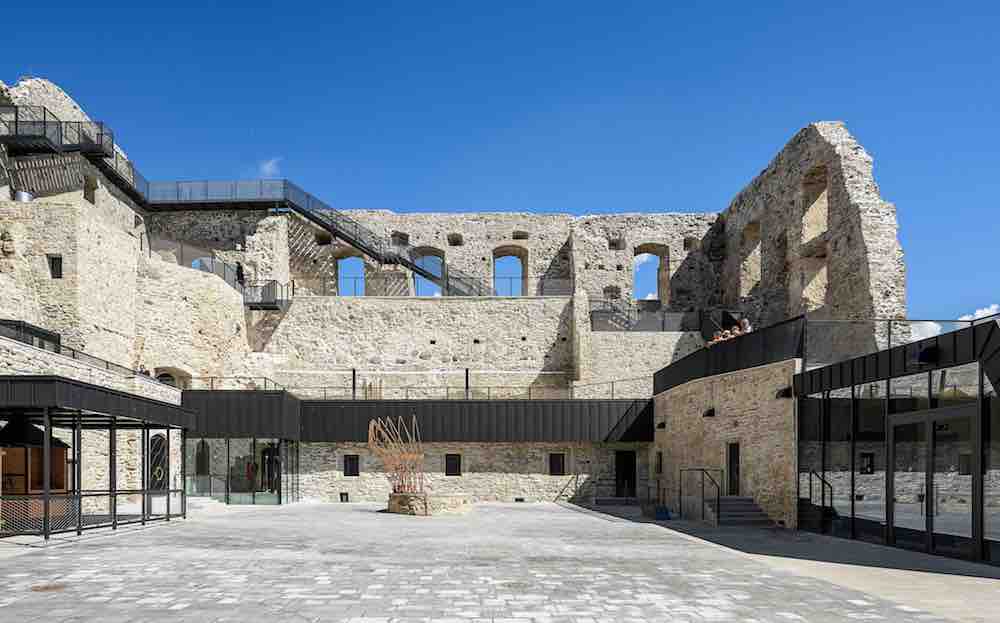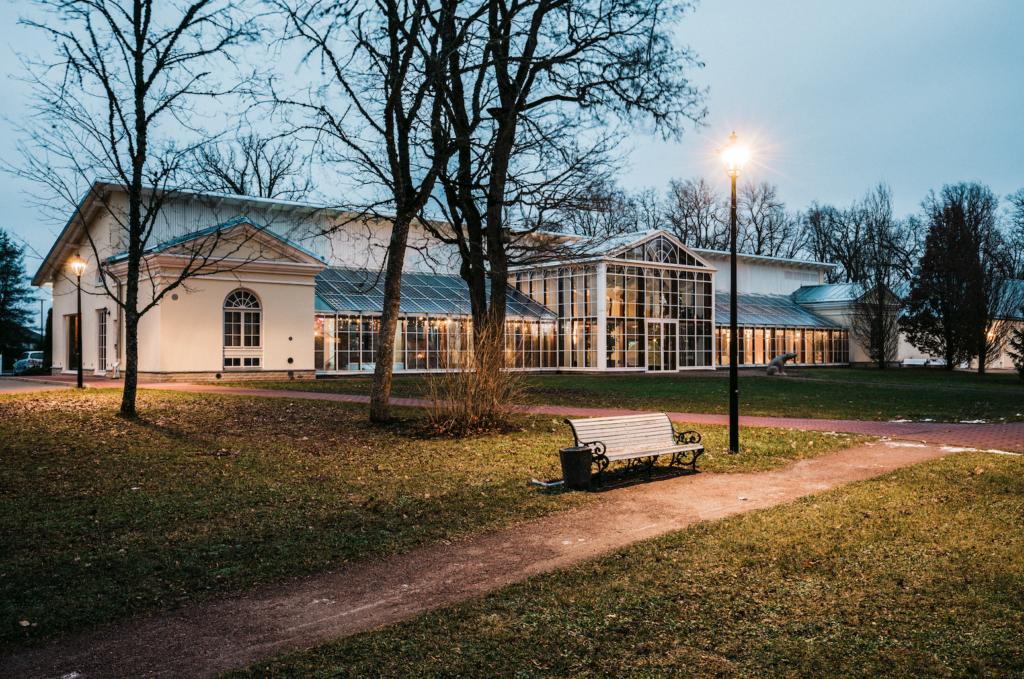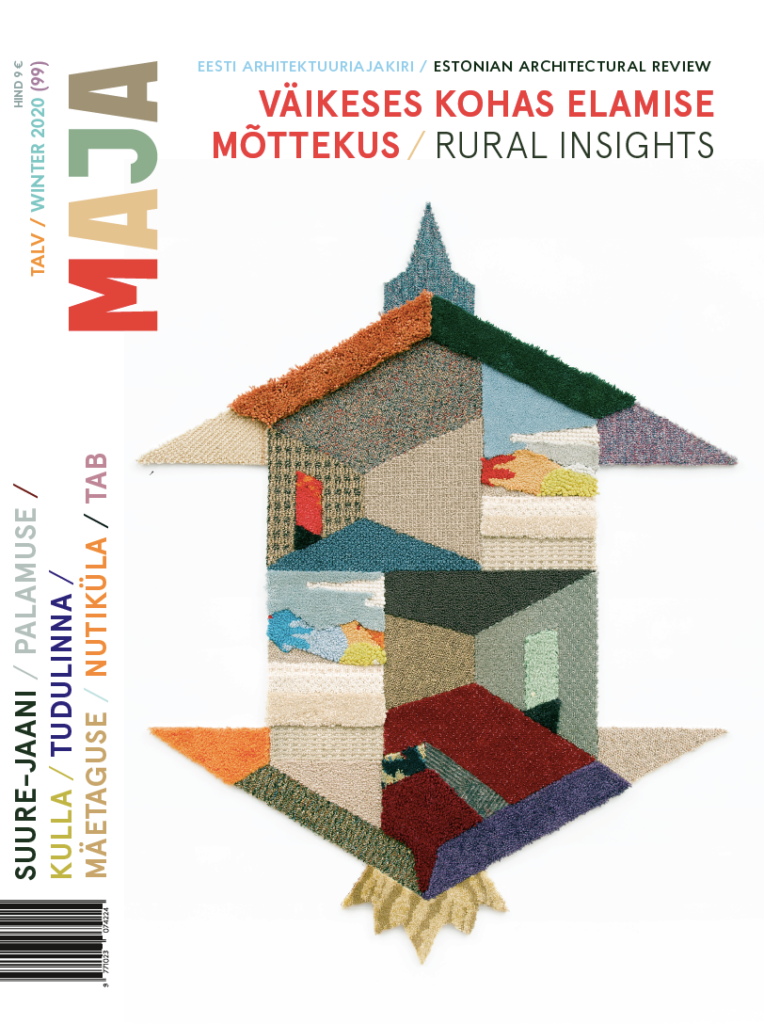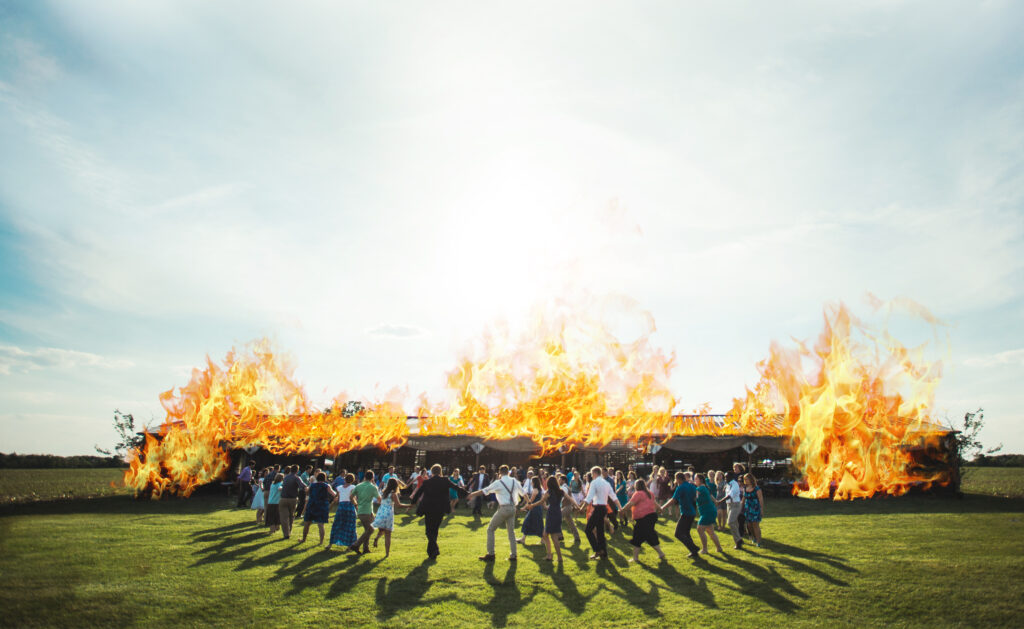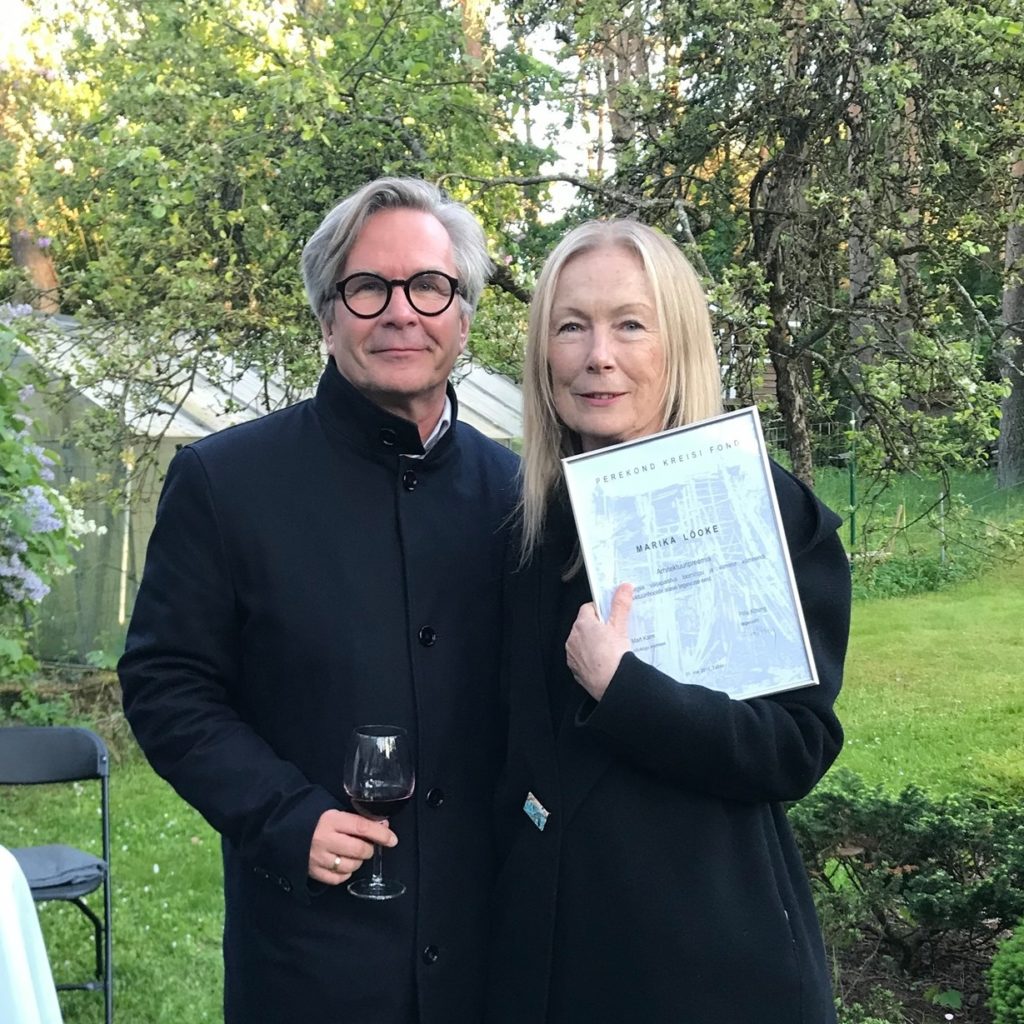Since 1994, the architectural review MAJA has been the key platform for promoting and reflecting on Estonian architecture. On the occasion of the 100th issue, all former editors-in-chief – Leele Välja, Piret Lindpere, Triin Ojari, Katrin Koov and Kaja Pae – came together to discuss their working principles and the changes the journal has undergone in the past twenty-five years. Interviewed by Andres Kurg.
Peatoimetaja Katrin Koov.
Türi Middle School is a well-executed example of a contemporary school—breaking preconceptions about the organisation of space, encouraging new practices that involve alterations by the users, and offering spatial solutions for socialising as well as withdrawing.
Over the course of the past thirty years, designing school spaces has migrated from being a marginally positioned subject matter to the centre of focus in the field of architecture, supported by scientific studies and continual research and development. The spaces for learning have acquired a new image and meaning.
The stories we have heard ever since the beginning of the century about the merchandising of museums and the transformation of all culture into an unending festival are greatly exaggerated. The new cultural buildings are good examples of state-commissioned public spaces that are quite self-aware with no desire to go along with the general trends of commercialisation.
How does change in society reflect in architecture? In order to answer this question, we look back on the spatial design in the thirty years of regained independence. What kinds of spaces have accommodated us in the last three decades at work, in school and while enjoying culture? What have our homes been like?
Known for its openness to change, Mäetaguse borough has successfully combined its central area comprising buildings of various eras and the great outdoor space into an effective and comprehensive environment.
Maja 2020.a. talvenumber on ilmunud!
The Master’s thesis is concentrated on four Estonian small towns (Mõisaküla, Püssi, Kiviõli and Räpina) implementing three stages: intervention, new programme and planning. The intervention is a small-scale realization of an idea, such as an installation, which functions as a test to initiate a dialogue with the residents of the town. The new programme describes the implementation of the idea in a small town, including a new function for a plot by which both the urban landscape and structure undergo changes.
The foundation of the Kreis family is the first foundation by a local family to support architecture that was established by Heljo Kreis in 2012. The aim of the foundation award is to acknowledge noteworthy phenomena, alternative practises and versatile creators who have remained on the margin of the mainstream Estonian architecture.
No more posts

